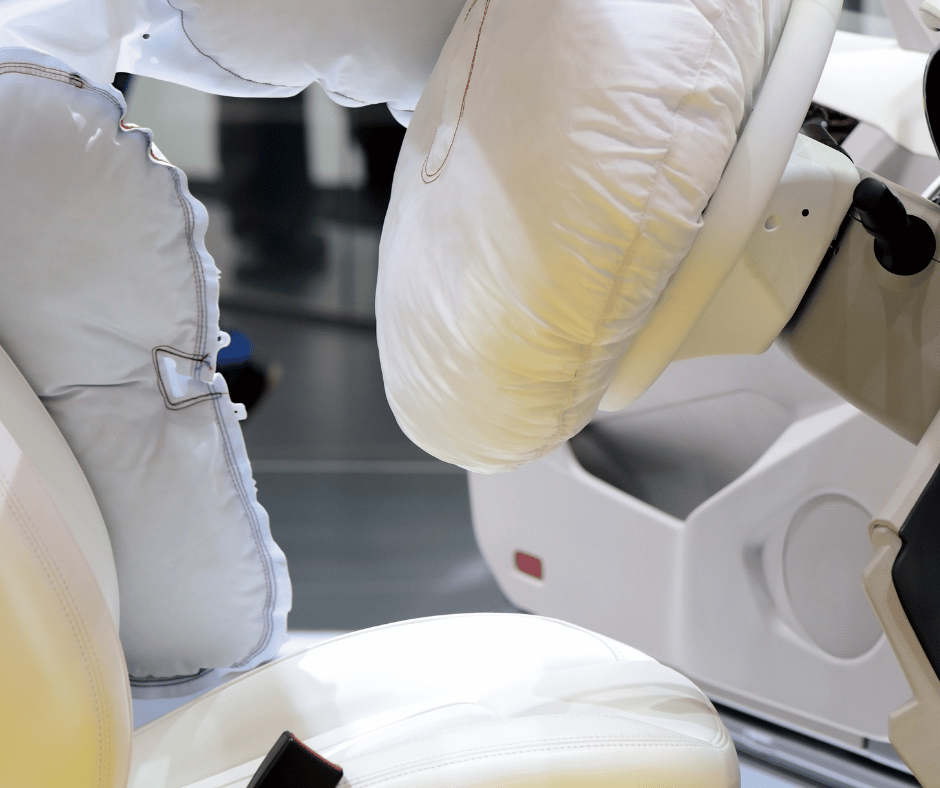Airbags are one of the most important safety features in a car. They work to protect you in the event of a collision. In this blog post, we will discuss how airbags work and what happens when they deploy. We will also dispel some common myths about airbags.
The airbag is a bag made of fabric that is filled with gas. This gas is usually nitrogen or argon. The airbag is located in the steering wheel, dashboard, or door of a car. When a collision occurs, the airbag deployment system is triggered.

This system uses sensors to detect a crash. When a crash is detected, a signal is sent to the airbag inflator. The inflator then releases the gas into the airbag. This process happens very quickly, in just a fraction of a second.
The gas fills up the airbag and causes it to deploy. The deployment process is designed to happen very quickly, so that the airbag can provide protection before the occupants of the car hit something.
The airbag will continue to inflate until it reaches its full size. At this point, the gas is released from the airbag and it begins to deflate. The deflation process happens quickly so that the airbag does not become an obstacle in the car.
One myth about airbags is that they can cause injuries. While it is true that airbags deploy with a lot of force, they are designed to prevent injuries. The force of the deployment is controlled so that it will not cause serious injury to an occupant of the car.

How many lives do airbags save?
The National Highway Traffic Safety Administration (NHTSA) reports that around 25,000 lives have been saved by airbags as of 2012. Airbags are just one safety feature in a car, but they are an important one. If you are ever in a collision, make sure to thank your airbags for their protection.
Airbags are tested rigorously to make sure that they will work properly in the event of a collision. They are one of the most important safety features in a car and can save your life.
